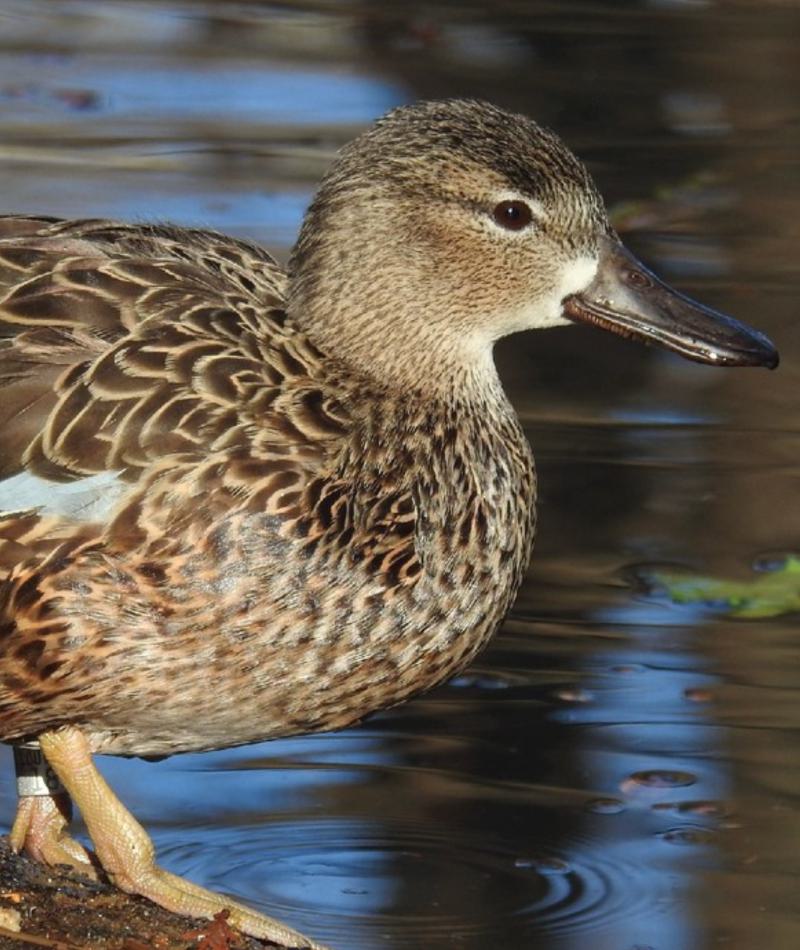
Blue-winged Teal
Anas discors
Did you know?
- Blue-winged teals are a part of the Anatidae family, which they share with geese, swans, and other ducks.
- They are named for light blue patches of feathers on the inner portion of their wings.
- They live near fresh water habitats in central South America.
- They are one of the smallest duck species in the world.
- A female will lay six to 11 eggs in one clutch.
Migration
Blue-winged teals make an exhausting migration each year. They spend the warmer months throughout much of North America, such as northern Canada. Then, they migrate south to the Gulf Coast, Mexico, Central America and South America during the winter. Able to cover over 4,000 miles in a month, they often are the first ducks to leave for migration in the fall and the last ducks to return from their winter homes in the south.
Young
Blue-winged teals breed once a year, and they often select new mates. During mating season, the males will develop a half-moon pattern on their face, which distinguishes them from females. Females will build their nests on the ground near marshes hidden in tall grass and similar vegetation. A female will lay six to eight eggs in one clutch and incubate them for about 24 days.
Threat Level
- Unknown
- Common
- Near Threatened
- Threatened
- Endangered
- Critically Endangered
- Extinct in the Wild
Common
The Blue-winged Teal is widespread and abundant.
Range
North America; winters in southern United States to South America
Habitat
Swamps, marshes, ponds, lakes, slow streams

We care about Blue-winged Teals
We support blue-winged teals in the 1904 Flight Cage at the Zoo. Learn more about how we are helping wildlife around the world.
Find this animal in Historic Hill

SAINT LOUIS ZOO ZONE
Historic Hill
Historic Hill is a lovely stroll through one of the oldest parts of the Saint Louis Zoo. From the 1904 World’s Fair Flight Cage to the Spanish architectural flavor of the 1920s in the Bird House, Primate House and Herpetarium to the finishing touches of our thoroughly modern exhibits, this area of the Zoo has a unique ambiance and a nostalgic history that make it a great destination.

